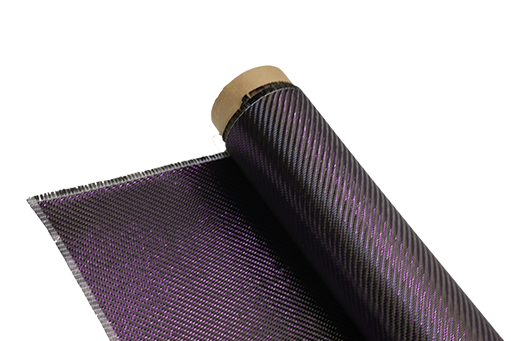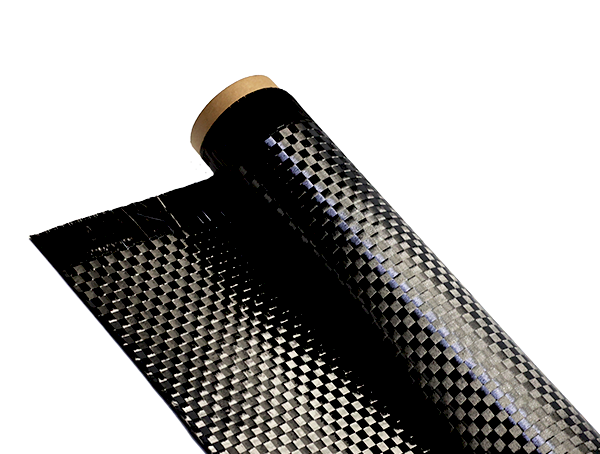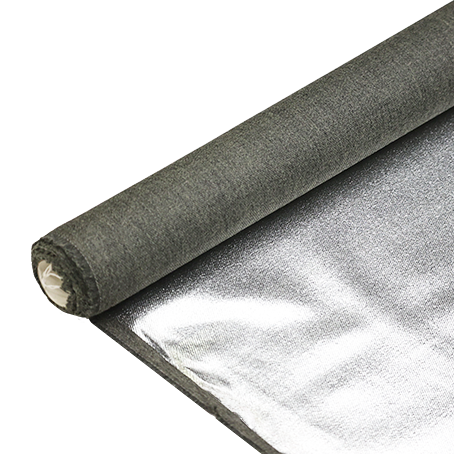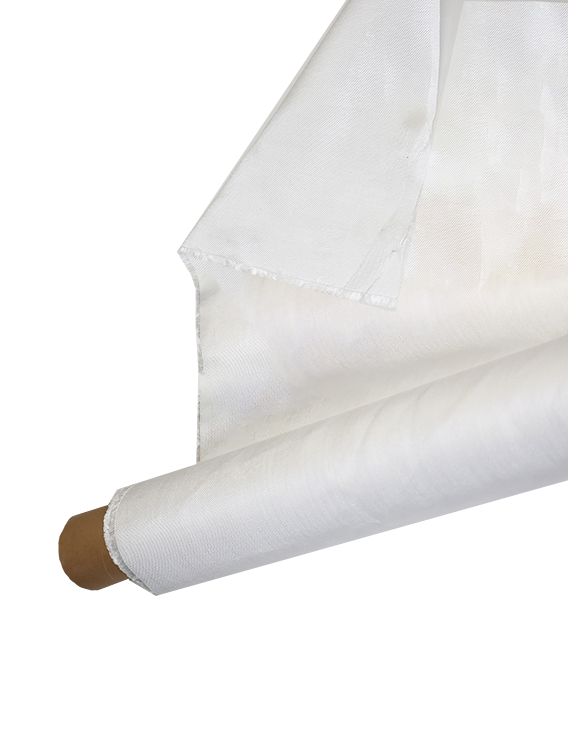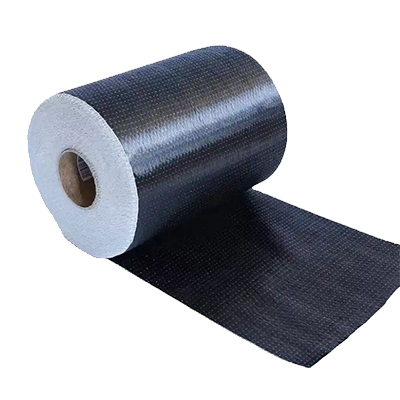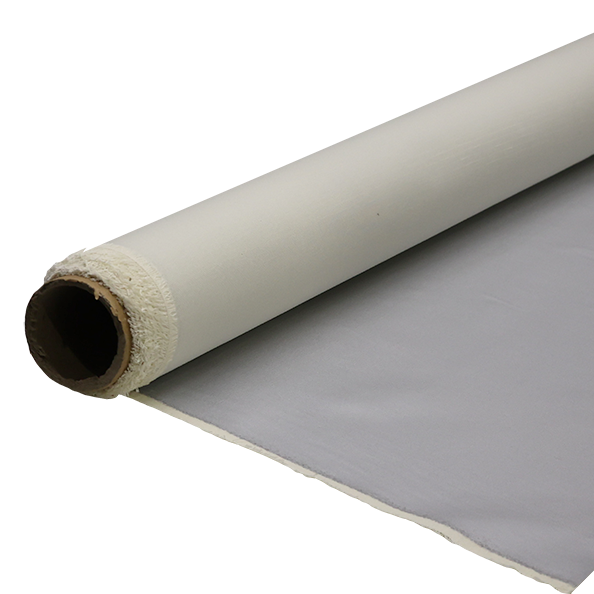Curing Time: Fast vs Slow – What You Should Know
-
Table of Contents
“Mastering the Balance: Fast vs Slow Curing – Unlocking the Secrets to Perfect Results.”
Curing time is a critical factor in various applications, from construction materials to art projects, influencing the final outcome and durability of the product. Understanding the differences between fast and slow curing processes is essential for achieving optimal results. Fast curing materials offer quick turnaround times, making them ideal for urgent projects, while slow curing options provide extended working times and often result in stronger bonds and finishes. This guide explores the advantages and disadvantages of both curing methods, helping you make informed decisions based on your specific needs and project requirements.
Fast Curing Time: Benefits and Applications
Fast curing time in various materials, particularly in construction and manufacturing, has become increasingly significant in today’s fast-paced world. The ability to achieve rapid curing not only enhances productivity but also allows for quicker project turnaround times. This efficiency is particularly beneficial in industries where time is of the essence, such as construction, automotive, and aerospace. Fast curing materials, such as certain types of adhesives, sealants, and concrete mixtures, offer a range of advantages that can streamline processes and reduce labor costs.
One of the primary benefits of fast curing materials is the reduction in waiting time before a project can proceed to the next phase. For instance, in construction, traditional concrete may require several days to cure adequately before it can bear weight or be subjected to further work. In contrast, fast-curing concrete can achieve significant strength in a matter of hours, allowing for immediate use. This rapid turnaround can be particularly advantageous in situations where delays can lead to increased costs or missed deadlines. Consequently, contractors can complete projects more efficiently, leading to improved client satisfaction and potentially higher profit margins.
Moreover, fast curing materials often exhibit enhanced performance characteristics. For example, many fast-curing adhesives are designed to bond quickly while maintaining strong adhesion properties. This is particularly important in applications where structural integrity is critical, such as in the assembly of automotive components or in the construction of load-bearing structures. The ability to achieve a strong bond in a short period not only accelerates the assembly process but also ensures that the final product meets safety and quality standards.
In addition to performance benefits, fast curing materials can also contribute to sustainability efforts. By reducing the time required for curing, these materials can minimize energy consumption associated with heating or maintaining optimal curing conditions. This is particularly relevant in climates where temperature control is necessary to achieve proper curing. Furthermore, the quicker turnaround times associated with fast curing materials can lead to less waste, as projects can be completed more efficiently without the need for extended storage or handling of materials.
Fast curing technology has also found applications in various specialized fields. For instance, in the realm of dental materials, fast-curing composites are used to create dental restorations that can be placed in a single visit, enhancing patient convenience and satisfaction. Similarly, in the realm of electronics, fast-curing encapsulants are employed to protect sensitive components, ensuring that production lines can operate without prolonged interruptions.
However, it is essential to consider that while fast curing materials offer numerous advantages, they may not be suitable for every application. Certain projects may require slower curing times to allow for specific chemical reactions or to achieve desired aesthetic qualities. Therefore, it is crucial for professionals to evaluate the specific requirements of their projects and select materials accordingly.
In conclusion, the benefits of fast curing time are manifold, encompassing increased efficiency, enhanced performance, and contributions to sustainability. As industries continue to evolve and demand quicker solutions, the applications of fast curing materials are likely to expand further. By understanding the advantages and appropriate contexts for these materials, professionals can make informed decisions that optimize their processes and outcomes.
Slow Curing Time: Advantages and Considerations
When it comes to curing materials, particularly in the context of construction and manufacturing, the duration of the curing process can significantly influence the final properties of the product. Slow curing time, while often viewed as a disadvantage due to the extended waiting period, offers a range of advantages that can enhance the quality and durability of the end result. Understanding these benefits, as well as the considerations that accompany slow curing, is essential for professionals in various fields.
One of the primary advantages of slow curing time is the improved workability of materials. For instance, in concrete applications, a slower curing process allows for better manipulation and finishing of the material. This extended timeframe enables workers to achieve a smoother surface and more intricate designs, which can be particularly beneficial in decorative concrete projects. Additionally, the gradual hardening process reduces the risk of cracking and other defects that can arise from rapid drying. As the material cures slowly, it has more time to settle and adjust to environmental conditions, leading to a more uniform and stable structure.
Moreover, slow curing can enhance the overall strength and durability of the material. When a substance cures too quickly, it may not develop the necessary internal bonds that contribute to its long-term resilience. In contrast, a slow curing process allows for the gradual formation of these bonds, resulting in a denser and more robust final product. This is particularly important in applications where the material will be subjected to significant stress or environmental challenges, such as in infrastructure projects or outdoor installations. The increased strength derived from slow curing can lead to reduced maintenance costs and a longer lifespan for the structure.
In addition to strength and workability, slow curing times can also improve the chemical properties of certain materials. For example, in the case of adhesives and sealants, a slower curing process can facilitate better adhesion to surfaces, ensuring a more reliable bond. This is particularly crucial in applications where safety and performance are paramount, such as in automotive or aerospace industries. The extended curing time allows for a more thorough interaction between the adhesive and the substrate, ultimately leading to enhanced performance.
However, while the advantages of slow curing are significant, there are also considerations that must be taken into account. One of the most notable challenges is the impact on project timelines. In fast-paced industries, the need for quick turnaround times can make slow curing processes seem impractical. Therefore, project managers must carefully weigh the benefits of slow curing against the potential delays it may introduce. Additionally, environmental factors such as temperature and humidity can influence the curing process, necessitating careful monitoring to ensure optimal conditions are maintained throughout.
Furthermore, the choice of materials can also affect the curing time. Some formulations are designed specifically for rapid curing, while others are optimized for slower processes. Understanding the specific requirements of the materials being used is crucial for achieving the desired outcomes. Ultimately, while slow curing times may require more patience and planning, the benefits they offer in terms of strength, durability, and workability can make them a worthwhile investment in many applications. By carefully considering both the advantages and the challenges, professionals can make informed decisions that align with their project goals and ensure the highest quality results.
Comparing Fast and Slow Curing: Which is Right for Your Project?
When embarking on a project that involves curing materials, particularly in construction or crafting, understanding the differences between fast and slow curing processes is essential. Each method has its own set of advantages and disadvantages, which can significantly impact the outcome of your project. Therefore, it is crucial to evaluate the specific requirements of your undertaking to determine which curing method is most appropriate.
Fast curing materials, as the name suggests, are designed to set quickly. This rapid process can be particularly beneficial in situations where time is of the essence. For instance, in construction projects that are on a tight schedule, fast curing can help to expedite the overall timeline, allowing for quicker completion and the ability to move on to subsequent phases without delay. Additionally, fast curing materials often achieve their strength more rapidly, which can be advantageous in environments where early load-bearing capacity is necessary. However, while the speed of these materials can be appealing, it is important to consider the potential trade-offs. Fast curing often results in a shorter working time, which can lead to challenges in achieving the desired finish or making adjustments during the application process. Moreover, the rapid setting time may not allow for thorough mixing or proper application techniques, potentially compromising the integrity of the final product.
On the other hand, slow curing materials offer a different set of benefits that may be more suitable for certain projects. The extended curing time allows for greater flexibility during application, enabling artisans and builders to work at a more measured pace. This can be particularly advantageous in intricate projects that require detailed craftsmanship or when working with complex molds. Furthermore, slow curing materials often provide a more uniform and consistent finish, as the extended time allows for better integration of components and reduces the risk of defects. Additionally, the slower process can enhance the overall durability of the material, as it allows for a more thorough chemical reaction and bonding, resulting in a stronger final product.
However, it is essential to recognize that slow curing materials also come with their own set of challenges. The extended time required for curing can lead to delays in project timelines, which may not be feasible in situations where deadlines are strict. Additionally, environmental factors such as temperature and humidity can significantly influence the curing process, potentially leading to unpredictable results if not carefully monitored.
Ultimately, the decision between fast and slow curing materials should be guided by the specific needs of your project. If time constraints are a primary concern and the project demands quick turnaround, fast curing materials may be the best choice. Conversely, if the project allows for a more leisurely pace and requires a high level of detail and durability, slow curing materials may be more appropriate. It is also worth considering the environmental conditions and the skill level of those applying the materials, as these factors can further influence the effectiveness of either curing method.
In conclusion, both fast and slow curing materials have their unique advantages and disadvantages. By carefully assessing the requirements of your project, including time constraints, desired finish, and environmental conditions, you can make an informed decision that will ultimately lead to a successful outcome. Understanding these differences will not only enhance your project management skills but also ensure that you achieve the best possible results in your endeavors.
Q&A
1. **What is curing time in the context of materials like concrete or adhesives?**
Curing time refers to the period required for a material to achieve its optimal strength and durability after application, during which it undergoes chemical reactions and moisture loss.
2. **What are the advantages of fast curing materials?**
Fast curing materials allow for quicker project completion, reduced downtime, and the ability to apply additional layers or finishes sooner, making them ideal for time-sensitive applications.
3. **What are the benefits of slow curing materials?**
Slow curing materials typically offer better workability, reduced risk of cracking, and improved bonding strength, making them suitable for complex projects that require detailed finishing.In conclusion, the choice between fast and slow curing times depends on the specific application and desired outcomes. Fast curing materials offer quick turnaround and efficiency, making them ideal for time-sensitive projects. However, they may sacrifice some strength and durability. Slow curing materials, on the other hand, provide better bonding and long-term performance but require more time to set. Understanding the trade-offs and selecting the appropriate curing time is essential for achieving optimal results in any project.

